When the Battle of Gettysburg took place, the small town in southern Pennsylvania became the talk in everyone’s home. People north and south of the Mason Dixon Line who had been caught in the midst of a Civil War for over two years, were all drawn to Gettysburg! This battle here in this town was called the “turning point of the Civil War” and of course it was a popular topic then, and still is today 161 years later. As every news paper in every town across the country, and even in Europe were writing articles about Gettysburg, what was the local news publishing here? Gettysburg residents had just witnessed the Battle first hand, and of course they possessed more knowledge on the subject than anyone else. As they tried to clean up their town, they were being bombarded with questions from every artist, journalist and photographer who came here to “capture the story” first hand.
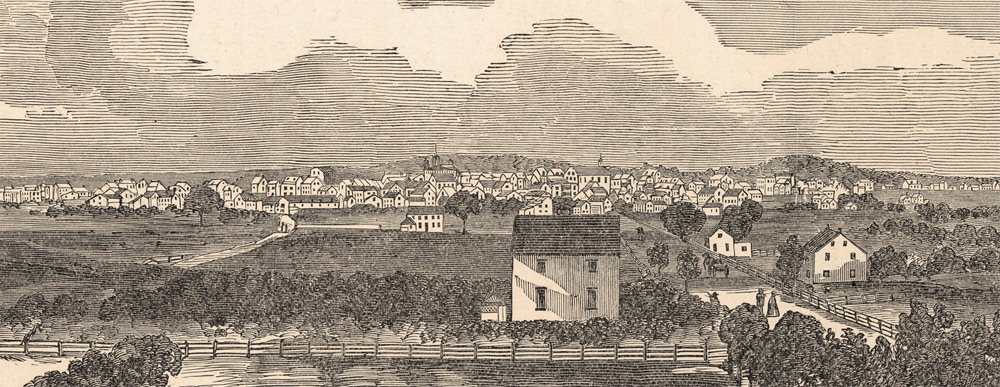
Within two weeks of the Battle’s end, both armies had left the small town of Gettysburg. Nearly 2,000 residents remained here, with destruction from war laying all around them. Fences were dismantled, livestock scattered across town after running in terror, the water was contaminated, next to no food remained in any home, crops were completely destroyed from being marched across. The air was putrid with bacteria and stench of death and blood. The buzzards were so thick in the town of Gettysburg, coming in mass quantities for the “feasting” that they looked like great storm clouds over head. The number of flies and maggots absolutely everywhere was unimaginable. 7,000 dead soldiers lay bloating in the hot sun, bursting their gasses everywhere drawing in more buzzards. 50,000 casualties were scattered everywhere around the town and in the streets and homes crying, pleading and moaning in agony needing medical attention. 10,000 dead horses and mules needed cleaned up. This was the state Gettysburg’s citizens found themselves stuck in, as people came from miles away to “see the Battlefield”. Tourists immediately flooded Gettysburg’s street, asking for stories and what it was like to live through this great battle. Journalist wanted to write a firsthand account article so people back home could know what it was like to be part of the Battle of Gettysburg. Relief organizations also traveled with the mass hoard of Gettysburg’s newly arriving visitors. Water and food were brought in by train from surrounding cities. But in all this devastation and chaos that 2,000 woman and children were trying to survive, they too enjoyed taking a small moment and picking up their local newspaper. What articles were they reading? While Gettysburg was in the news across the country, what was Gettysburg’s News???

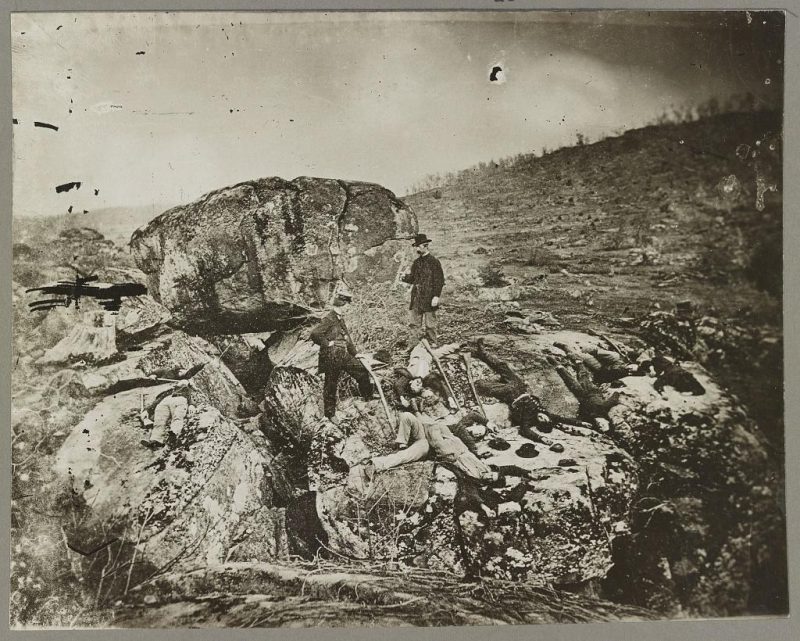
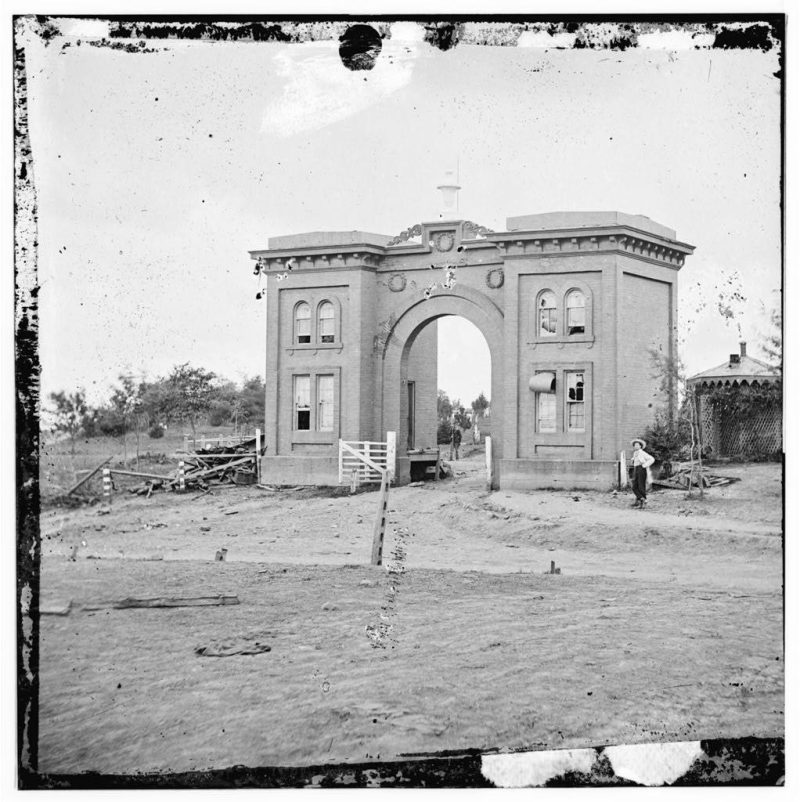
The two local newspapers in Gettysburg in 1863 began running articles for the neighborhood. Imagine if you will a 19th century Facebook blog. The livestock that were missing, and scattered in confusion of battle, were a constant stream of Gettysburg’s news among neighbors. Descriptions of cows, chickens and pigs, were posted in the paper with an address of who had found the missing animal and where the animal was being cared for so the owner could come bring the livestock back home and try to put their farm back to together. Warnings of flies and bacteria were also a large part of Gettysburg’s local news. There was a child who was bitten by a fly that been feeding on a dead carcass. This child’s fly bite turned into a massive infection terribly fast consuming his entire face and in a few days the child died. Instructions on how to wrap every part of your skin and face so nothing was exposed to insects and disease were posted daily. As anyone had a new idea or tested a new theory that seemed helpful, it was posted in the newspaper so all the neighborhood of Gettysburg could take better care and action, in hopes that civilian people may survive this involuntary battle clean up they found themselves in. Updated information on how many wounded were being released from medical care, and how many more new supplies were arriving daily were posted. Recipes for immune support, and healthy concoctions were published daily so Gettysburg could try to survive the bacteria now polluting the air they were breathing.
The entire town knew of the lost life of young Jennie Wade. Within days of the battle ending, a fallen soldier in blue uniform was discovered in a backyard on the outskirts of town. No identification of him could be found on person, but clutched in his hand was a picture of three children. Gettysburg ran an article, not only of young Jennie’s heroism, but of this unknown soldier who passed away holding his children’s photo. This article soon went 19th century viral as every other newspaper began running the article and the published the photo of the three children. In New York a woman recognized the photo of her three children, and upon reading the article discovered she was now a widow and her husband was buried with the unknown dead of Gettysburg.
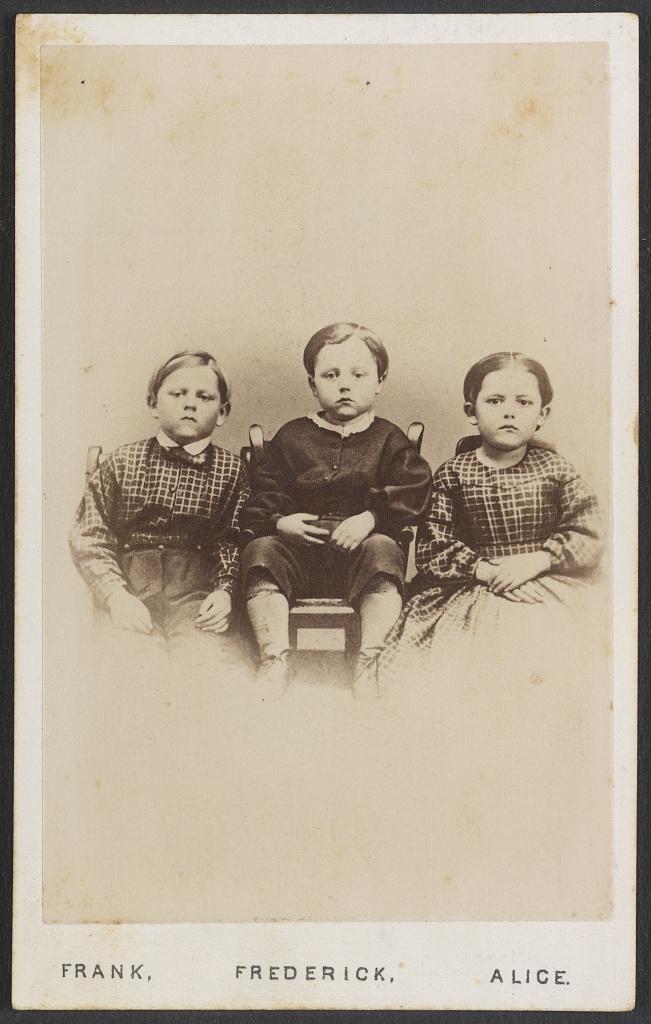

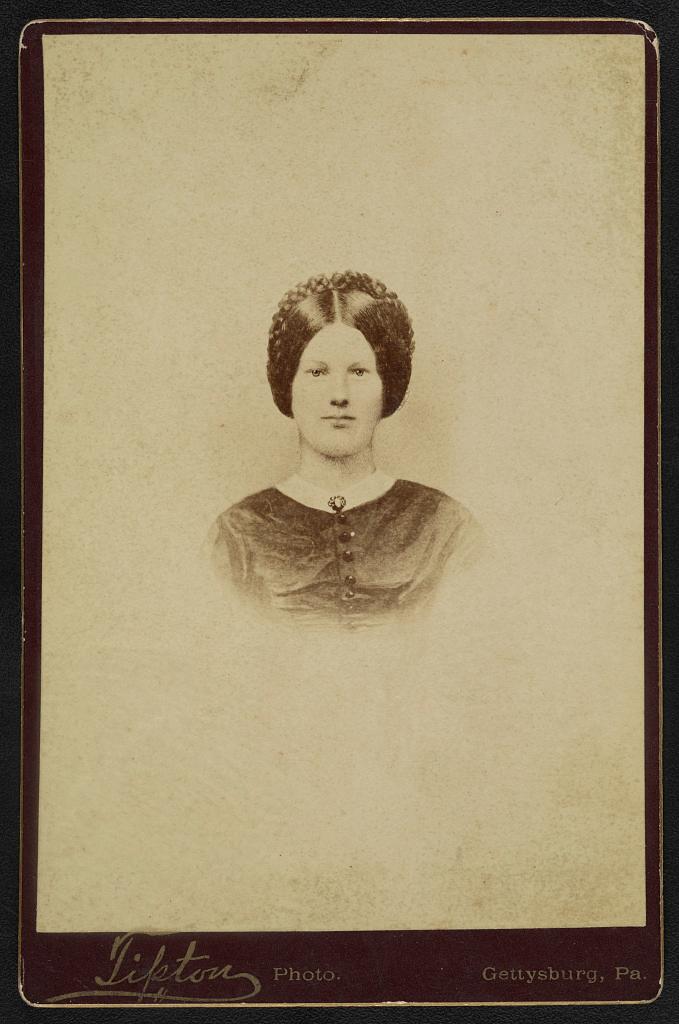
Oddly enough, as Gettysburg spent day after day in the conditions the army left their town in. They had a keen interest in the news of Vicksburg Mississippi. The siege of Vicksburg was taking place at the same time as the battle in Gettysburg happened. Perhaps for the citizens here, they felt some form of comfort knowing their town was not the only town to be surrounded by enemy troops, with cannon balls blasting and horses pounding through the streets? I am uncertain as to where or why the interest was there, but I did find in research, a massive amount of articles written with every update of Vicksburg. Reports of the damage to the town, building destruction, starvation, water pollution, and civilian deaths or injuries. When you read these articles Gettysburg was posting in their local papers, you very quickly see how Vicksburg was more heavily destroyed by enemy troops, and its local citizens were injured and dying. While here in Gettysburg, yes it was a total mess with a large quantity of death, but only one civilian death reported here, and the buildings left still standing in tact mostly. I personally feel like Gettysburg’s residents found comfort in knowing they were not the only town effected by this war, but also grateful that the Confederate troops seemed to have taken care as much as they could to respect the local community while they were here.
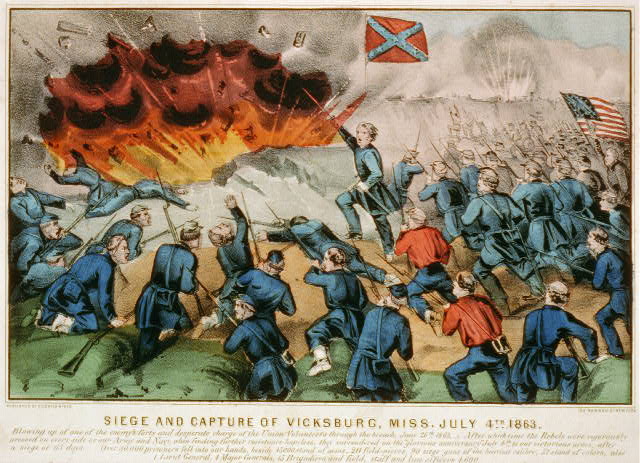


Three brutal days of fighting left Gettysburg’s residents with five months of hardship and suffering. These five months worth of newspaper articles are incredibly interesting and will help you to understand the civilian perspective of the war in great detail. I have taken the time to share with you only highlights of these articles. I hope you have found it as interesting as I did in the year’s worth of time I spent researching simple newspapers.

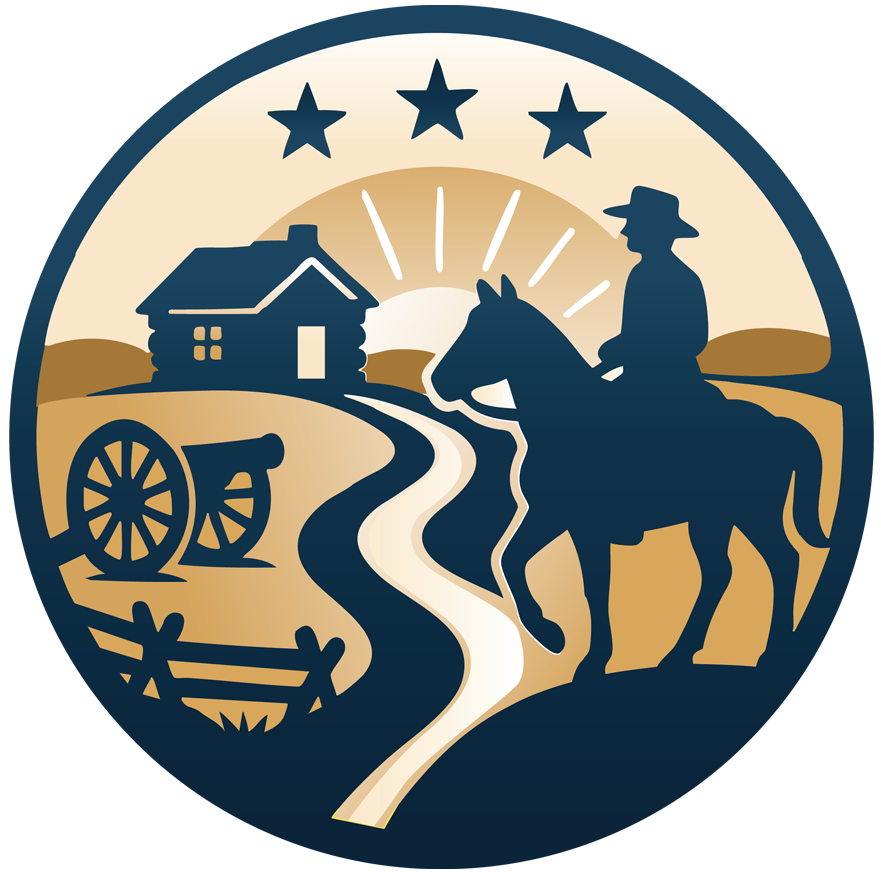


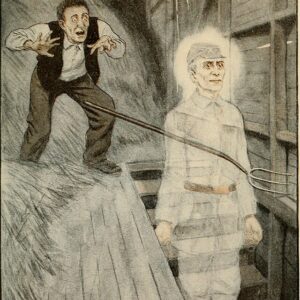




Leave a Reply